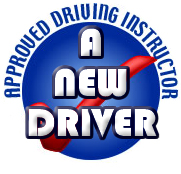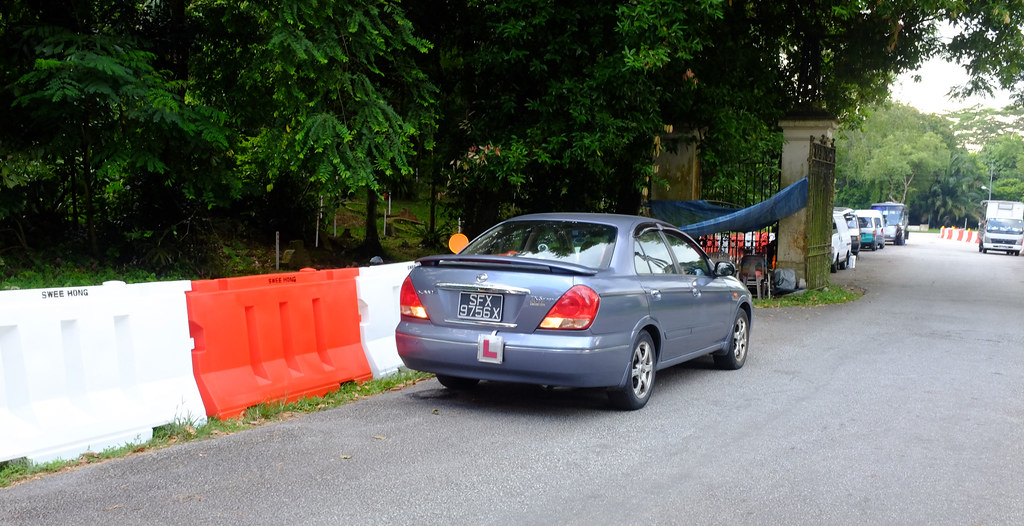DRIVING LESSON POINTERS
Get in equipment: your very first time in the driving seat
You’ve been studying, and now it’s time to put what you have actually found out into practice behind the wheel. Booking your first driving lesson is interesting, but it may not take too long for the nerves to sneak in. Let’s have a look at a few things you can do to help keep you calm, cool and collected as you learn how to drive.
How to get ready for your first driving lesson
Review the Highway Code – not only will it help you when it pertains to taking your theory test, it’ll keep the rules and policies of the road fresh in your mind.
Pick out a practical attire. Try to wear something comfy that you can move around in and avoid any limiting clothing and shoes. Flip flops and high heels, in particular, aren’t perfect when driving.
Remember your provisionary licence – your trainer will inspect that you have it. You can’t lawfully be behind the wheel without one so it’s an outright must for your very first driving lesson. You might likewise be requested for your check code, so your instructor can check your online licence counterpart.
Make sure you’re physically fit to drive. Prevent consuming the night before and keep in mind to bring your glasses or contact lenses if you require them.
Pass your test with us
Driving InstructorDriving Test Ireland
What do you do on your very first driving lesson?
Will I drive immediately?
Don’t fret – you will not get in the driving seat straight away. Your trainer will drive you to a peaceful road where you’ll discover all the basics of the vehicle controls. This consists of the equipments, the pedals, and what’s referred to as the cockpit drill.
What’s a cockpit drill?
This is an exercise that all drivers ought to carry out when they get in the cars and truck, and it’s usually among the first things you’re taught. The cockpit drill (typically called the DSSSM regimen) consists of examining your doors, seat, steering, seatbelt and mirrors:
- Doors– inspect all doors are closed and protected before beginning your engine.
- Seat and steering– change your seating so that the controls are within easy reach and you have a clear view of the road. If you’re in an accident, you must also adjust your headrest to prevent whiplash.
- Seatbelt– ensure you and your travelers are buckled in.
- Mirrors– place your mirrors to reduce your blind spots.
How do I move off?
When it comes to the huge minute– taking control of the cars and truck– you’ll have to move the automobile off and reveal that you can securely do the ‘Prepare, Observe, Move’ regular:
Prepare – getting the lorry all set to pull away when the roadway is clear
- Press and hold the clutch down with your left foot.
- Select initially equipment.
- Press the gas pedal down with your ideal foot till you’re at about 1500-2000 rpm.
- Bring the clutch up slowly till you discover the biting point.
- Be ready to launch the handbrake at the correct time.
Observe– showing your instructor that you understand your surroundings
- Examine all around the automobile looking for anything that might affect your driving strategy.
- Examine both shoulders.
When you’re safe to go, move– confidently moving the automobile off
- Launch the handbrake.
- Launch the clutch slowly while gently putting your foot down on the gas pedal.
- Ease up on the gas and control the speed of the automobile using the clutch pedal if you discover you start to move off too quickly.
- Re-check your mirrors and blind spots and move your vehicle to the typical driving position.
What if I slip up?
It’s regular to be nervous when you’re finding out to drive – and you’re not expected to master everything straight away. Driving is something you get better at with time and practice. Even motorists who have actually been on the road for many years are still improving. Don’t fret about making a mistake – your instructor’s seen it all before.
In the (unlikely) case of something going wrong, rest assured that your instructor can control the cars and truck. All expert driving schools utilize dual controlled cars and trucks, which suggests your instructor can step in if you need some help.
Booking your very first driving lesson is interesting, but it might not take too long for the nerves to creep in. You can’t lawfully be behind the wheel without one so it’s an outright need to for your very first driving lesson. Your instructor will drive you to a peaceful road where you’ll discover all the basics of the vehicle controls. It’s typical to be nervous when you’re learning to drive – and you’re not expected to master everything straight away. Driving is something you get better at with time and practice.
Related Articles
[page-generator-pro-related-links group_id=”1597″ post_status=”publish” output_type=”list_links” limit=”6″ columns=”2″ link_featured_image=”0″ orderby=”rand” order=”asc”]
Learn More

